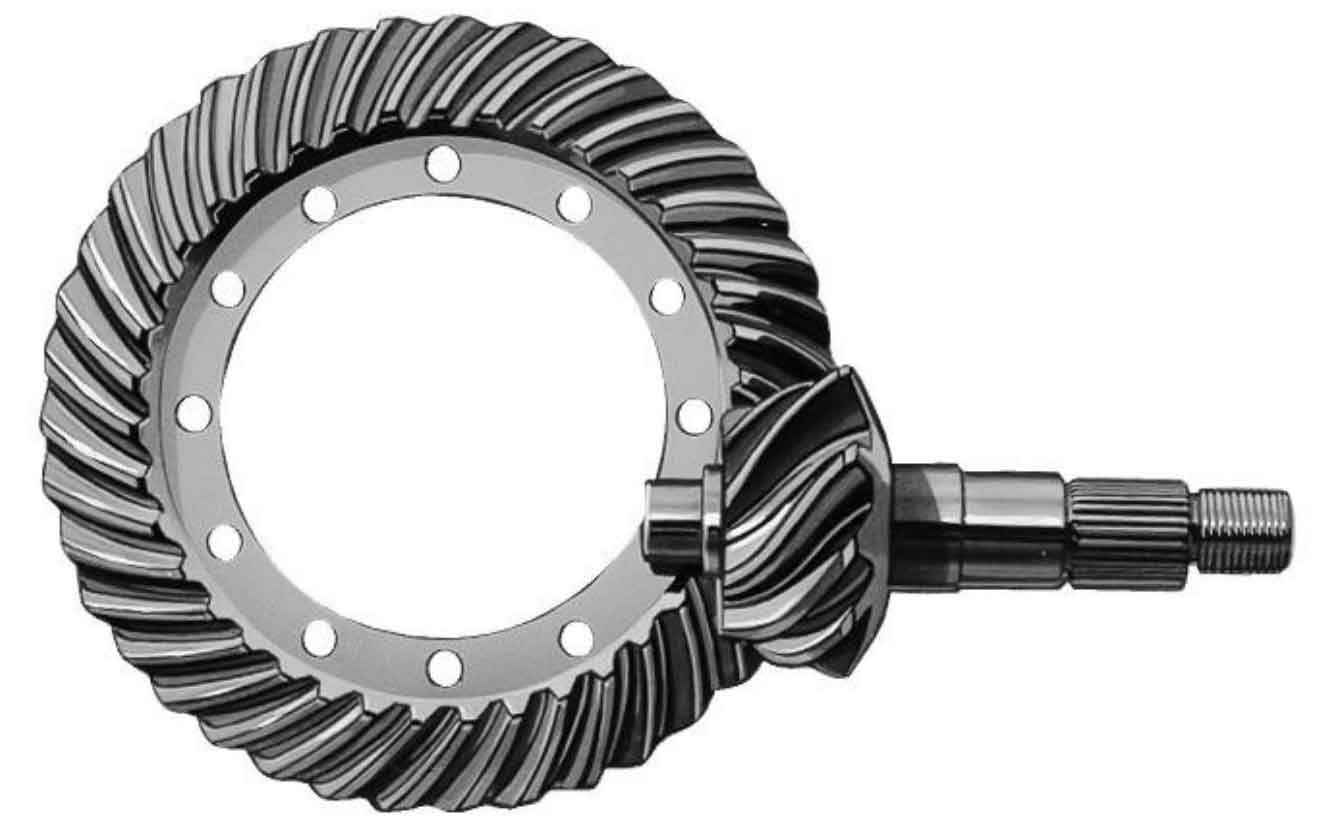The research on the design and machining theory of hypoid gears in China began in the 1970s. Due to the confidentiality of the theoretical essence of relevant core technologies abroad, Chinese scientific and technological workers have to study the mathematical basis of the initial gear meshing principle. With unremitting efforts and exploration, the research on meshing theory has achieved brilliant results. Zheng Changqi, a famous scientific and technological worker, focuses on the design and manufacturing theory of Gleason spiral bevel gear and hypoid gear. By introducing the concepts of load equivalent installation adjustment value and transmission angle displacement coordination principle, a set of load contact analysis and calculation method of local conjugate gear pair is established. Various formulas for TCA calculation of spiral bevel gear and hypoid gear are scientifically demonstrated and deduced, and the application method of local conjugate principle in determining tooth surface contact trace, V / h adjustment and motion curve is expounded.
Based on the analysis of Gleason’s contact principle, Wang Xiaochun improved the original second-order contact analysis to third-order. Based on the mathematical theory of curvature tensor, he established a complete third-order contact analysis system by using the movable frame method. By using the third-order contact analysis and related optimal tooth cutting calculation, the contact area can be analyzed more accurately. Gear workers such as Wu Xutang and Wang Xiaochun have systematically studied the core theories of the tool inclination half generation method and the tool inclination full generation method, the modified half generation method and the modified full generation method of hypoid gears and the adjustment of the machine tool during machining, and obtained the results consistent with the Gleason standard calculation card.
Aiming at the research on the tooth profile design of hypoid gear, Chinese scholar Deng Xiaozhong and others broke through the traditional design idea and put forward the idea of non-zero displacement, that is, the selection of displacement coefficient in gear design is based on meshing performance, which is not limited to the limitation of height displacement. This method makes full use of the gear meshing information reflected by the transmission error, which is a typical example of the new design idea.

